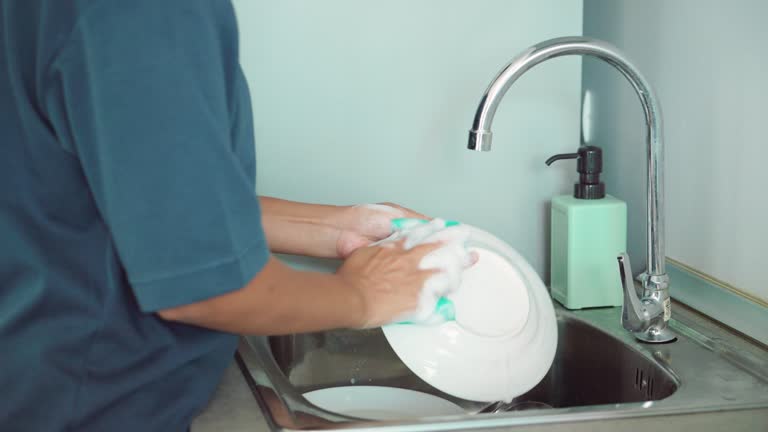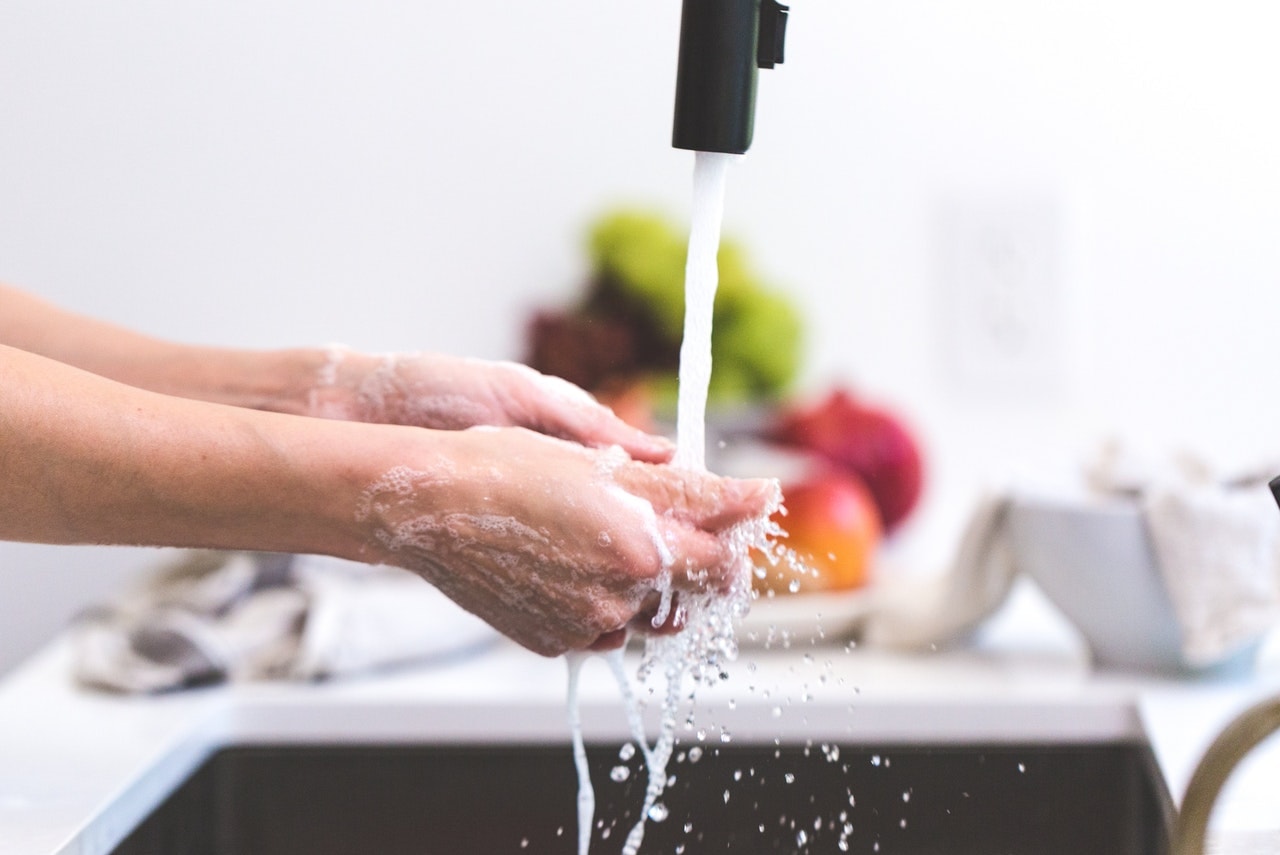
Best Water Saving Practices: A Guide for Tech Enthusiasts
Share
In a world where technology is at the forefront of modern living, even the most mundane of tasks are being revolutionized to be more efficient and sustainable. Among these, water conservation stands out as a crucial issue that tech professionals and enthusiasts are uniquely positioned to tackle. Today, the conversation around the best water saving practices is not just about turning off the tap but leveraging cutting-edge technologies to make a significant impact. This article delves into how tech-savvy individuals can lead the charge in water conservation, using the latest tools and innovations.

The Urgency of Water Conservation in the Tech World
As the world grapples with climate change and dwindling natural resources, the need for sustainable practices has never been more pressing. Water scarcity is a pervasive issue affecting millions globally, and it's imperative for the tech industry to step up with solutions. By integrating the best water saving practices into our daily lives, we can contribute to a more sustainable future and reduce the ecological footprint of tech-driven lifestyles. To understand the breadth of the problem, consider that water shortages are predicted to affect over two-thirds of the global population by 2025. This is a wake-up call for tech enthusiasts to harness their skills and innovation to address this dire issue.
Innovative Technologies Revolutionizing Water Conservation
IoT and Smart Devices
The Internet of Things (IoT) is a game-changer in the realm of water conservation. Smart devices, such as smart irrigation systems, are already making waves by optimizing water usage in agriculture and urban gardening. These devices use sensors and data analytics to determine the precise amount of water needed, thereby minimizing waste. For tech professionals interested in exploring more about smart irrigation, you can check out this link.
Water Monitoring and Management Systems
Advanced water monitoring systems are enabling real-time tracking of water consumption in residential, commercial, and industrial settings. These systems provide insights into usage patterns, helping users identify leaks and overuse. By integrating these systems with AI algorithms, users can receive recommendations on optimizing water usage, making it a seamless experience for the tech-savvy individual.
The Role of Artificial Intelligence in Water Saving
Artificial Intelligence (AI) is playing a pivotal role in transforming the way we conserve water. Machine learning algorithms can predict water usage patterns, identify inefficiencies, and suggest improvements. This proactive approach to water management is not only beneficial for individual households but also for large-scale industrial applications. By adopting AI-driven solutions, tech enthusiasts can contribute to significant water savings, ensuring that resources are used judiciously.
Practical Steps for Incorporating Water Saving Practices
Smart Home Integration
For the tech enthusiast looking to make a difference at home, integrating smart home devices is a fantastic starting point. From smart faucets that limit water flow to automated leak detectors, the options are vast. These technologies not only help in conserving water but also reduce utility bills, proving that sustainability can be both environmentally and economically beneficial.
Community and Educational Initiatives
Beyond individual efforts, tech professionals can use their expertise to spearhead community-based water conservation initiatives. Educational programs that focus on the importance of water conservation and the role of technology can inspire others to adopt sustainable practices. For more on community initiatives, visit this link.
Collaborating for a Sustainable Future
One of the most effective ways to implement the best water saving practices is through collaboration. By partnering with environmental organizations, tech companies can develop comprehensive strategies that address water scarcity. Additionally, sharing knowledge and resources with other tech enthusiasts can lead to innovative solutions that might not have been possible individually. For those interested in deeper insights, consider exploring this external resource on water-saving tips.

FAQ: Your Water Saving Questions Answered
What are some simple ways to conserve water at home?
Start by fixing leaks, using water-efficient appliances, and incorporating smart devices that monitor water usage. These small changes can lead to significant water savings over time.
How can technology aid in water conservation?
Technology, particularly IoT and AI, can optimize water usage by providing real-time data, predictive analytics, and automation, allowing for precise and efficient water management.
Can tech-driven solutions be applied in agriculture?
Absolutely. Smart irrigation systems and sensors can greatly reduce water wastage in agriculture by ensuring crops receive the exact amount of water they need. For a deeper dive, visit this link.
